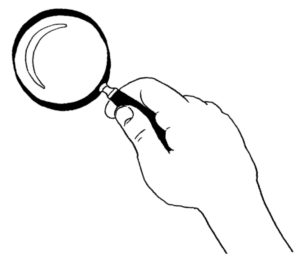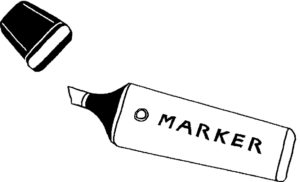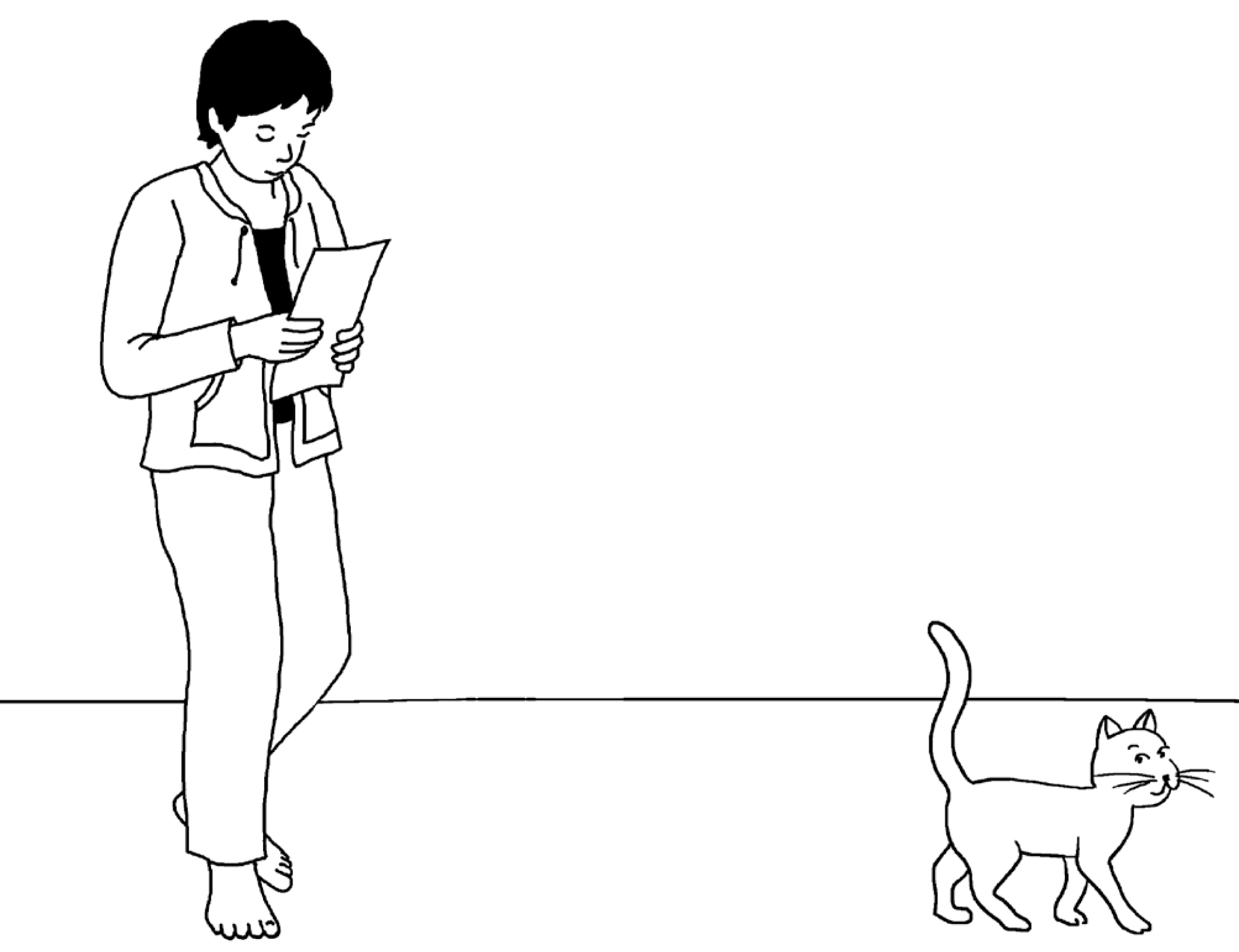You don’t have to understand every text to the last detail. However, when you have to (or want to) thoroughly understand a text (e.g. for a test or a presentation), the 5-step reading technique will be an outstanding help. It functions as follows:
Step 1
Skim over the text to get an overview.

The goal is to obtain a rough overview of the text. For that, you must read all titles and all subtitles, look at the illustrations, and look into the individual sections. With books: read the summary on the back cover or on the first inside page, read the table of contents, look through the preface or the introduction.
Step 2
Ask questions of the text.
What would you like to know about the topic of the text, what interests you? What do you know already? Write your questions on a sheet of paper and leave space for further questions.
Step 3
Now read the text thoroughly.

Read the entire text in a concentrated manner. You can divide longer texts or books into shorter portions that you can manage (sections, pages, chapters). After each portion, refer to your questions from step 2, and think about what you can already answer by now. Perhaps you can add additional questions or mark an important passage already.
Step 4
Mark anything important, answer the questions, summarize the text.

a) When you have read the text, review your questions from step 2 and 3 and answer them if possible.
b) Mark anything of importance in the text (by underlining or highlight ing; with a line or notes in the margin of the page). Use pencil, sticky notes or paper slips for books which you are not allowed to mark up.
c) Create a summary of the text in your own words. It will help you to accurately think through the content of the text one more time.
Step 5
Repeat the content.
One or two days later: review the text with the markings from step 4b one more time. Try to summarize and represent the content in your head or on a piece of paper as completely as possible. Check and compare with the original to see if you have not omitted anything.







